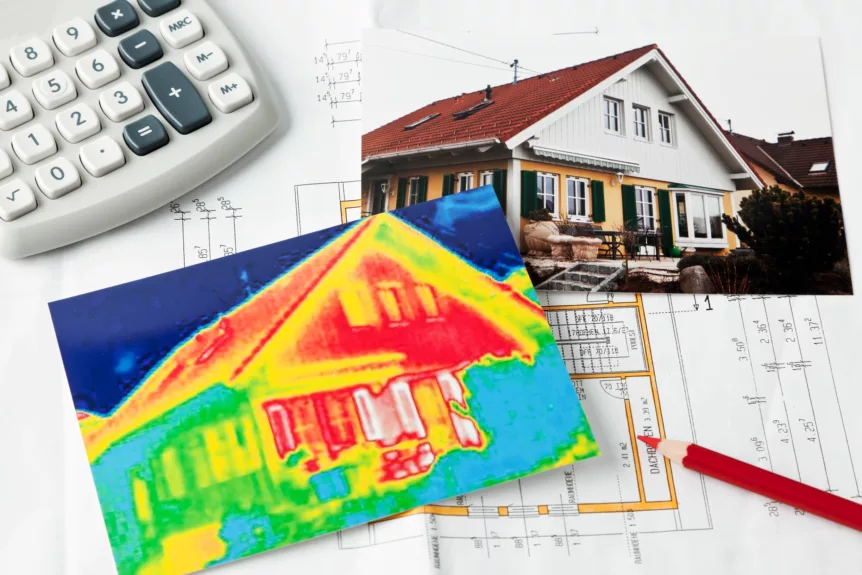Monica Paici | Director of Marketing
Ms. Paici supports the organization by developing marketing plans, implementing promotional programs for ICAST’s work, and overseeing the design and distribution of ICAST publications.
If you have been following our coverage of the Inflation Reduction Act (IRA) and Bipartisan Infrastructure Law (BIL), you know that ICAST has been working to educate housing and energy industry leaders on how they can ensure a fair slice of the federal funds reach the multifamily affordable housing (MFAH) market. Federal, state, and local agencies have been inundated with money that they need to spend quickly. Most still perceive serving the MFAH sector as a prohibitively complex task.
However, many best practices for overcoming the complexities (both real and perceived) are already there. They have been documented and publicized by entities such as the Northeast Energy Efficiency Partnership, American Council for an Energy-Efficient Economy, GRID Alternatives, National Community Solar Partnership, and others. The MFAH market constitutes an economic heavyweight, meaning it has the power to push agencies toward these resources and/or the multifamily specialists that can help agencies expand services for MFAH. This has always been true, but the return on investment will never be more significant than it can be during this “period of plenty” created by IRA and BIL.
As ICAST was developing our unique one-stop-shop (OSS) approach, we found that one of the most important aspects of connecting MFAH owners and managers with effective retrofit solutions is “high touch” outreach and education. Time has only reinforced this conclusion. Owners and managers have all of their priorities for capital improvements and limited bandwidth to consider unfamiliar technologies. Additionally, they often receive contradictory or incomplete education regarding their options for technology solutions and project financing, and as a result, many have had negative experiences with “going green.” To ensure we provide our customers with a quality service, ICAST taps all the best industry expertise and lessons learned in the field to constantly evolve our OSS’s education and outreach component. A few examples are provided below:
- Collaboration with local community-based organizations, utilities, etc., to identify and target properties with the greatest need of retrofit services. Various factors can define priority communities, e.g., backlogged capital upgrade needs due to deferred maintenance during the pandemic.
- Honest and straightforward communication. Customers are understandably wary of risks like price gouging or projects that sound “too good to be true.” Communicating fully and truthfully regarding the project’s benefits, limitations, and concerns is essential. Further, communication must be maintained throughout the project if service providers want to earn trust.
- Understanding that every project is different. While this may sound obvious, programs often rely on a one-size-fits-all approach to engaging potential customers. The best results can only be achieved through genuine relationships built on a thorough understanding of each customer’s needs.
The IRA and BIL constitute a once-in-a-generation investment in energy efficiency and renewable energy solutions. ICAST encourages MFAH stakeholders to use every opportunity to guide the influx of funds toward this housing segment.

